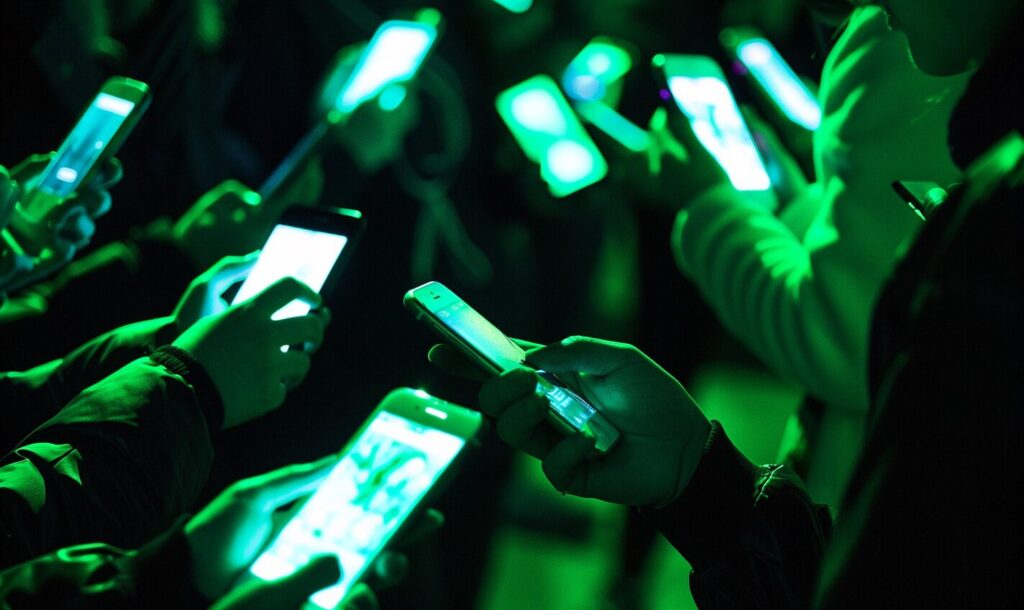A growing number of Silicon Valley millennials are abandoning energy drinks in favor of something more controversial than mega-doses of caffeine. Over the last several years, the use of lysergic acid diethylamide, more commonly known as LSD or acid, is a growing trend among smart, ambitious twenty-somethings crushed by the need to deliver the next great idea.
The use of LSD as a productivity enhancer is increasing around the world. However, the trend appears to be concentrated in the San Francisco area. In addition, it has been readily accepted among the Silicon Valley professionals. Even tech giant Steve Jobs reportedly used LSD in his creative process. Is it any wonder that young professionals are willing to try it?
Many people wonder how you can possibly function effectively while tripping to the effects of a hallucinogen. But the drug is ingested in micro-doses. The micro-doses are typically 10 micrograms, which is one tenth of a standard dose of LSD.
Taken every four days, the effects are said to be “sub-perceptual.” It causes slight euphoria, an increase in focus and out-of-the-box thinking for most users.
Everybody’s Doing It
A recent Rolling Stone Magazine article quotes “Ken,” a 25-year-old Stanford graduate who works for a tech startup. “Microdosing has helped me come up with some new designs to explore and new ways of thinking,” says Ken. “You would be surprised at how many people are actually doing it. It’s crazy awesome.”
Early in his research, Dr. Albert Hofmann, the scientist who first synthesized the drug in 1938, suggested the drug was safe in small doses. It might even replace drugs like Ritalin to enhance focus and productivity. But the most recent spike in micro-dosing popularity began in 2011 when James Fadiman, a psychologist and author of The Psychedelic Explorer’s Guide, pushed it into the mainstream discussion during a conference on psychedelic research.
Fadiman, who conducted legal research on LSD in the 60s, agrees with Dr. Hofmann that small doses of LSD improve a person’s creative thought process. During the earlier testing, doses of 100 to 200 micrograms caused test subjects to trip. He suggests that at the lower dose of 10 microgram, LSD is a safe alternative to Adderall, an addictive, mind-enhancing drug that is popular with the tech crowd.
Unlike many other substances, LSD is not known to cause brain or organ damage. Moreover, users cannot fatally overdose on it. His research suggests that it’s safe. However, the DEA classifies LSD as a highly addictive Schedule 1 drug. It means it’s illegal to consume, sell or use the drug in medicine.
While Fadiman is no longer legally able to conduct research on LSD use, he solicits self-reporting among users. He says the majority of respondents find that micro-dosing not only enhances creativity. It can also alleviate depression, migraines, chronic fatigue syndrome and other disorders.
What Could It Hurt?
Dr. Robert Glatter, an emergency room physician and frequent Forbes contributor states that any possible benefits of micro-dosing LSD do not outweigh the risks.
Even in small doses, he says the drug elevates your blood pressure and heart rate and can cause nausea, dizziness, palpitations and sweating. It can also cause seizures as well as uterine contractions in pregnant women, resulting in premature labor or miscarriage. In extreme cases, Dr. Glatter says it can lead to a comatose state. Some also reported flashbacks among users.
Additionally, he notes that psychedelics can bring out symptoms in people with latent mental issues, although they generally do not cause mental illness in healthy users. A recent study by the Norwegian University for Science and Technology at Trondheim refutes this, showing no link between LSD use and mental health problems.
“Over 30 million U.S. adults have tried psychedelics and there just is not much evidence of health problems,” the author and clinical psychologist Pål-Ørjan Johansen said.
Even with these potentially dire consequences, it seems that many individuals are willing to risk the potential side effects and legal issues for a continued shot at inspired genius. For the many millennials trying to make it in Silicon Valley, it’s a risk they’re willing to take.
Recent Stories
Follow Us On
Get the latest tech stories and news in seconds!
Sign up for our newsletter below to receive updates about technology trends














